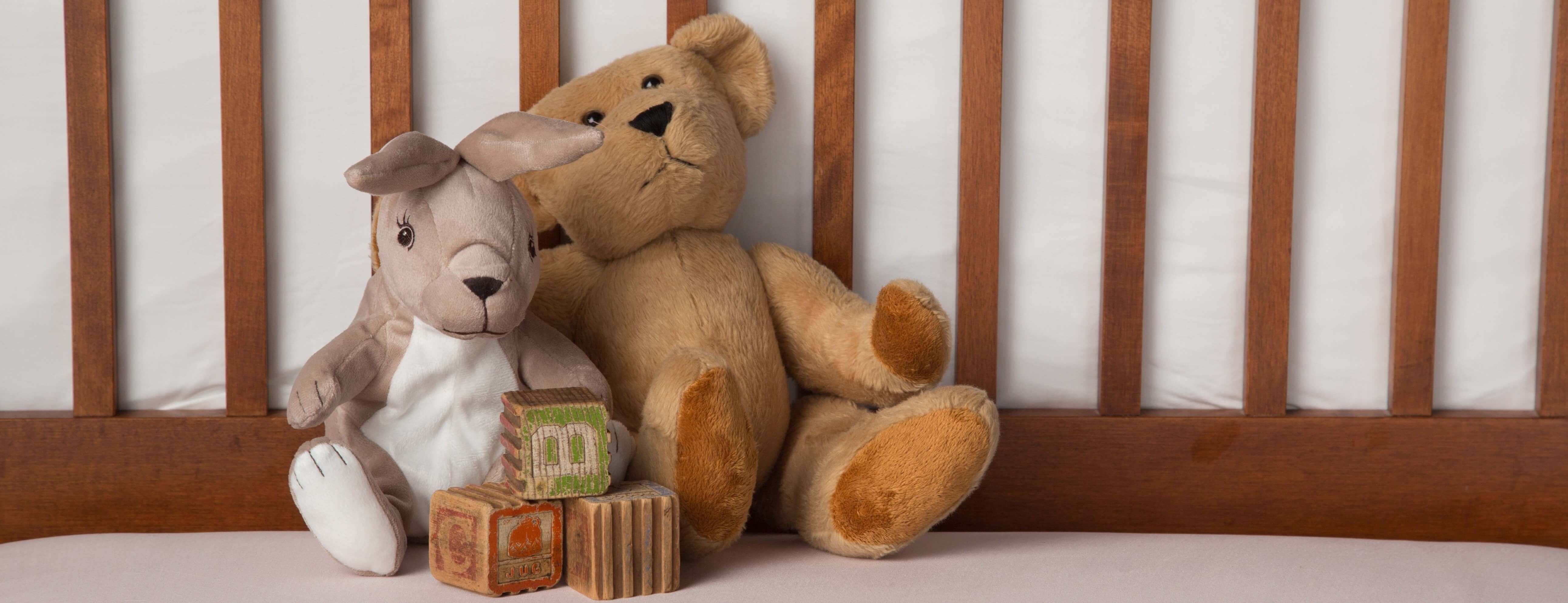In an April 2016 post, Arianna Huffington predicted that nap rooms will be as common as conference rooms in the next few years.
This comes as the importance of sleep has become extremely relevant to employee wellness and performance. A study conducted by Swan Medical and the Harvard Medical School shows that over 50% of employees in the United States experience poor or insufficient sleep. In the same study, data revealed that insufficiently rested employees cost U.S. companies $63.2 billion in productivity losses.
Companies who have already adopted quiet or nap rooms include Huffington Post, Google, Zappos and Ben & Jerry’s. Experts have suggested that a twenty-to-thirty-minute nap during the day could increase productivity by helping employees regain concentration and focus. Overall, 6% of U.S. employers agree with these companies and have established some form of nap room where employees can relax.
Still skeptical that nap rooms and sleeping at work are a good idea? In the 1990s, NASA did an experiment with short naps during astronauts’ workdays. Performance skyrocketed and today the “NASA nap” is a very common practice among pilots making international flights. More recently, a new NASA study found that a nap of 26 minutes could increase an employee's alertness by 54% and provide a 34% boost in productivity.
The secret to successful nap rooms is for employees to take a nap in the middle of the day, as they’ll be less groggy when they wake up and have an easier time transitioning back into working. Naps can also help people re-focus and re-energize.
As corporate focus widens to include employee well-being, we may see more nap rooms added right alongside the water cooler in the workplace.






